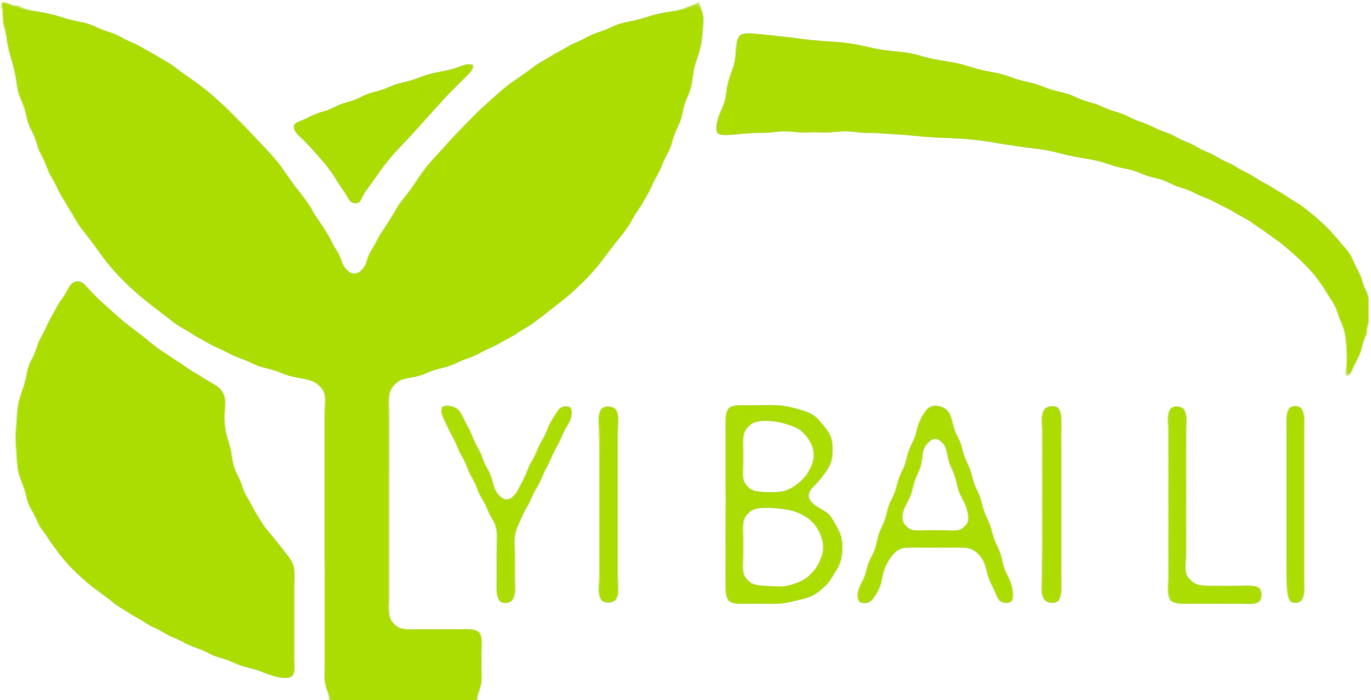Why Heat-Seal Paper Lids Outperform Pure Aluminum Foil Lids: A Sustainable and Cost-Efficient Choice
Environmental Impact of Heat-Seal Paper Lids
When it comes to protecting our environment, heat - seal paper lids have a clear edge over traditional aluminum foil seals. Aluminum production is quite energy - intensive. It takes about 17.4 kWh of energy to produce just one kilogram of aluminum, and during this process, a whopping 11.5 kg of CO2 emissions are released into the atmosphere. In contrast, heat - seal paper lids are made from renewable wood pulp resources. This means they have a carbon footprint that is 63% lower. What's even better is that the cellulose fibers in paper are biodegradable. Under industrial composting conditions, these lids can completely break down within just 8 - 12 weeks. Compare this to aluminum, which takes a staggering 200 years to decompose. So, if you're looking for an eco - friendly option for your packaging needs, heat - seal paper lids are a much better choice.
Cost Efficiency in Packaging Solutions
Manufacturers can save a significant amount of money by switching to heat - seal paper lids. There are several reasons for this. First, paper materials are much lighter. They weigh 58% less than the equivalent aluminum products. This reduction in weight directly leads to lower transportation costs. In fact, for every thousand units shipped, the transportation expenses can be reduced by $0.18. Second, the heat - sealing process for paper lids is much simpler and more energy - efficient. It operates at 30% lower energy consumption compared to the induction sealing systems used for aluminum foil. Also, since paper lids don't require specialized recycling infrastructure like metal components do, manufacturers can cut down on those additional costs. Overall, making the switch to heat - seal paper lids can result in a cost reduction of 22 - 35%.
Performance Advantages in Food Preservation
You might think that aluminum foil is better at keeping food fresh, but advanced cellulose - lamination technology has made heat - seal paper lids just as effective. Laboratory tests have shown that these paper lids have excellent barrier properties. Their oxygen transmission rate is below 15 cm³/m²/24h, and the water vapor permeability is under 5 g/m²/24h. These numbers meet the ISO 14697 standards for perishable goods. Additionally, the fiber - based structure of paper lids provides superior oil resistance. On the ASTM D722 scale, paper lids get a Grade 9 for oil resistance, while aluminum only has a Grade 7 rating. This is especially important for packaging dairy products and ready - meals, where oil resistance can prevent leakage and spoilage, ensuring your food stays fresh for longer.
Compatibility With Modern Production Systems
One of the great things about heat - seal paper lids is that they can fit right into existing packaging lines without causing a headache. Thanks to adaptive heat - sealing technologies, the thermoplastic coating on the paper lids activates between 130 - 150°C. This temperature range matches the specifications of conventional filling machines, so there's no need to modify the equipment. In high - speed production trials, these lids have shown consistent seal formation even at line speeds of up to 450 containers per minute. And they have an impressive 99.4% seal integrity success rate, regardless of whether the containers are made of PET, PP, or glass. So, if you're running a production line, heat - seal paper lids are a convenient and reliable option.
Regulatory Compliance and Safety Standards
When it comes to food packaging, safety is of utmost importance. Certified food - grade heat - seal paper lids meet all the major global safety regulations. They comply with FDA 21 CFR 176.170 and EU 1935/2004. One advantage of paper lids is that they don't have any metal components. This means there's no risk of aluminum migration, which can be a concern with aluminum lids. In fact, the heavy metal content in heat - seal paper lids measures below 0.5 mg/kg, while recycled aluminum lids can have up to 2.3 mg/kg. This makes paper - based seals perfect for packaging acidic food products, as metal interaction with acid can sometimes affect the quality of the food. So, you can trust heat - seal paper lids to keep your food safe and of high quality.
Customization Potential for Brand Differentiation
If you're a brand looking to stand out, heat - seal paper lids offer some great opportunities. The surface of these lids is printable, and it allows for high - resolution branding. With a resolution of 2400 dpi, you can create really sharp and detailed designs. The digital printing compatibility also ensures 98% color accuracy across the Pantone spectrum. And if you want to add a little extra touch, you can even have embossing effects with a relief depth of 0.2mm. What's more, in 2023 Nielsen surveys, 68% of consumers said they prefer paper - based seals for premium products. So, by using heat - seal paper lids, you not only get a functional packaging solution but also a way to enhance your brand image and appeal to environmentally - conscious consumers.

 EN
EN
 FR
FR
 JA
JA
 RU
RU
 ES
ES
 AR
AR
 BG
BG
 CS
CS
 DA
DA
 NL
NL
 FI
FI
 DE
DE
 EL
EL
 HI
HI
 IT
IT
 KO
KO
 NO
NO
 PL
PL
 PT
PT
 RO
RO
 SV
SV
 TL
TL
 ID
ID
 LT
LT
 SR
SR
 UK
UK
 VI
VI
 HU
HU
 TH
TH
 TR
TR
 FA
FA
 AF
AF
 MS
MS
 GA
GA
 EU
EU
 LA
LA
 NE
NE
 KK
KK
 UZ
UZ
